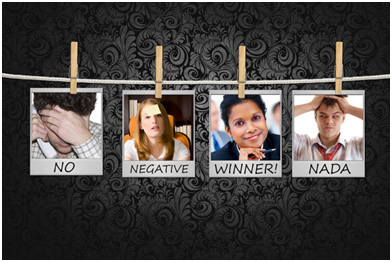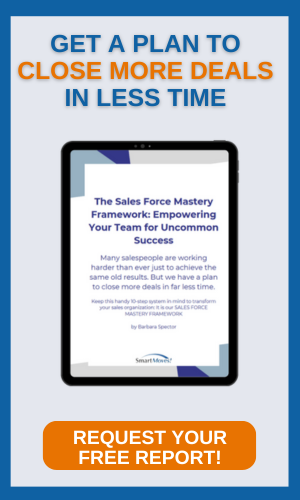Posted by Aoife Gorey on Fri, Apr 05, 2013

Bad hires suck up time, energy, and money. How to avoid them.
Author: Drew Greenblatt
The Hall-of-Famer Ted Williams famously said baseball is “the only field of endeavor where a man can succeed three times out of 10 and be considered a good performer.”
Maybe not the only one: The same could be said for hiring.
Hiring and retaining the best people is one of the most critical jobs the owner or manager of a company has. In surveys, most rate their success at about one excellent hire out of four. The other three either weren’t a good fit or didn’t have the ability that their training or resume indicated.
That’s a huge problem. As Jim Collins wrote in his indispensable management book “Good to Great: Why Some Companies Make the Leap ... and Others Don't,” getting the “right people on the bus and the right people in the right seats” is the most essential task in business. You can’t train your way out of a bad hire, either.
The worst part? While good hires energize those around them, bad hires become energy drains. Bad hires dampen productivity and suck up management time and attention.
Often, it’s not skills or credentials that predict success. What really matters is whether the prospective candidate fits the job. Do they have characteristics that match those of your top performers? It sounds a bit squishy, and yes, hiring may be part art, but it’s also a science. You can assign metrics to the characteristics that make a difference in performance and better predict candidates’ success.
Here are five things we’ve done at Marlin Steel that may help you hire and retain top performers.
1. Use a structured hiring process that goes beyond resumes and interviews.
We begin by determining the applicant’s basic employability characteristics: integrity, reliability, work ethic, and attitude toward drugs. This assessment helps screen out people who are not likely to perform well or fit our performance culture.
2. Get an objective understanding of your best people.
We use a normative assessment that measures learning ability, occupational interests, and behavioral characteristics. Our top performers embody what success looks like, so we ask them to take the assessment to help us develop a performance model--a benchmark-- for that position. The questionnaire reveals personality traits as well as language and math aptitude. We look for a close match between the applicants’ scores and the performance benchmark. You can use the information to coach employees, as well as for promotion and re-deployment decisions.
3. Develop customized performance models.
One size does not fit all. Slight differences in the model may have a big impact on performance. Start with critical or problem positions where productivity or turnover may be an issue. Be certain that your performance metrics are objective and clearly identified so you can differentiate between top and bottom performers. The model that derives from this process will help you improve performance in all your positions.
4. Have the supervisors take the assessment.
This way, they can better understand themselves and their direct reports, and coach them toward increased productivity. The reports give supervisors a “user’s manual” for each direct report that shows challenge areas, how to motivate them and how to get a better performance.
5. Repeat for every hire, for every position.
More input will produce better benchmarking. If this sounds like reverse engineering, it is. This method has proved to be highly reliable, helping achieve good hires three times out of four.
The approach has helped us consistently identify, hire, retain, and manage great employees. I’m certain that my company wouldn’t have achieved seven straight years of growth, through a down economy, otherwise.
One thing is clear: If you don’t start out with the right person, nothing else you do will turn out well. A bad hire never works out for anybody. There’s no crying in baseball -- and there should be less of it in hiring, too.





